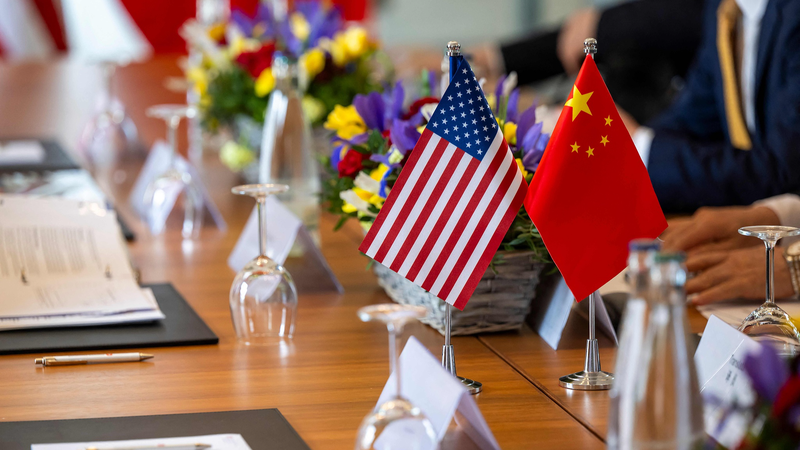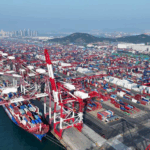Recent high-level trade discussions between Chinese and U.S. officials in Stockholm have sparked renewed interest in the future of economic relations between the world's two largest economies. As global markets watch closely, Professor Cui Fan of the University of International Business and Economics offers critical analysis of the expanded dialogue framework and its potential ripple effects.
The talks marked the first in-person exchange since 2023, with both sides agreeing to establish working groups addressing technology standards and agricultural trade. 'This structured approach could help manage friction points before they escalate,' Prof. Cui noted, while emphasizing that 'fundamental disagreements on industrial policy and market access remain unresolved.'
A key outcome was the extension of the tariff truce until 2025, providing temporary relief for manufacturers. However, Prof. Cui warned that 'supply chain restructuring continues apace, with Southeast Asian production hubs seeing 18% growth in foreign investment last quarter as companies hedge risks.'
For businesses and investors, the dialogue signals continued competition tempered by pragmatic cooperation. 'The real test will come during the APEC Leaders’ Meeting in November,' Prof. Cui added, suggesting major announcements could emerge from that forum.
With 34% of global container shipping capacity passing through the Taiwan Strait, the talks also touched on maintaining cross-strait trade stability. Analysts suggest progress on digital trade rules could particularly benefit technology sectors across Asia.
Reference(s):
cgtn.com








